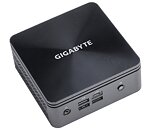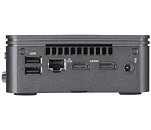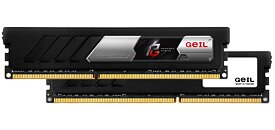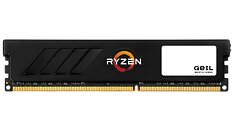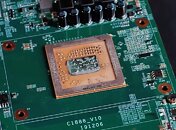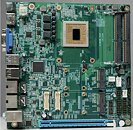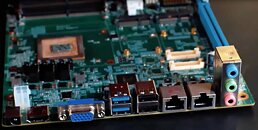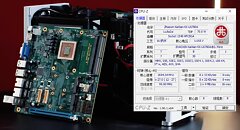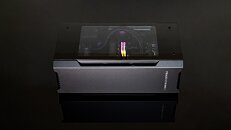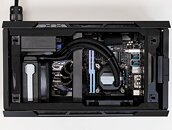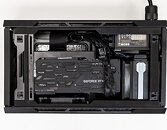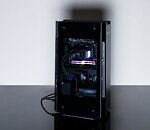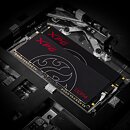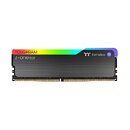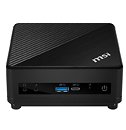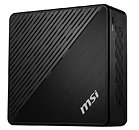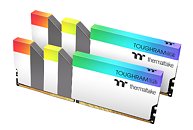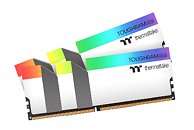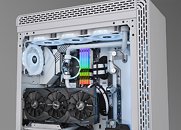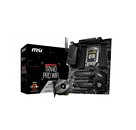Ruijie RG-CT7800 Mini-PC Among First Zhaoxin KaiXian Designs, Tip of China's 3-5-2 Spear
With a 2.4-liter volume, a conventional black plastic body, and essential connectivity, the Ruijie RG-CT7800 may come across as a run-of-the-mill mini-PCs for small businesses or those who do precious little offline, except what's under the hood. This humble compact desktop is among the first design wins of China's ambitious effort at having an x86 processor built entirely on Chinese soil, the Zhaoxin KaiXian. This processor is making its way to products, and was recently pictured on an embedded motherboard. The KaiXian, along with the notebooks, motherboards, micro-servers, and mini-PCs that implement it, form the tip of China's 3-5-2 policy, an ambitious plan to rid all state- and state-owned institutions of "foreign hardware."
The numerals in "3-5-2" are supposed to correspond to foreign hardware replacement targets set by the country's Central Government - 30% by the end of 2020, an additional 50% by the end of 2021, and the remaining 20% by the end of 2022. To support this plan, the Chinese electronics industry, flush with state investment, has indigenized several key components of the modern PC, including DRAM, NAND flash, and now CPU. The country already dominates the global electronic components market. The RG-CT7800 implements The KaiXian KX-U6780A SoC that sports eight x64 CPU cores running at 2.70 GHz. Interestingly, the chip is manufactured on TSMC's 16 nm FinFET node (a de facto "foreign" source, but one that's de jure China from Beijing's perspective). Ruijie is equipping the RG-CT7800 with 8 GB of DDR4 memory, and 256 GB of SSD-based storage. One can make out industry-standard USB, Ethernet, 3.5 mm audio jacks, etc., from the pictures. The box will be compatible with UOS and NeoKylin (Linux distros built under scrutiny of the Chinese Government). With state institutions being on the clock to implement their 3-5-2 targets, it's possible that the first volumes of RG-CT7800 will be sold exclusively to state customers.
The numerals in "3-5-2" are supposed to correspond to foreign hardware replacement targets set by the country's Central Government - 30% by the end of 2020, an additional 50% by the end of 2021, and the remaining 20% by the end of 2022. To support this plan, the Chinese electronics industry, flush with state investment, has indigenized several key components of the modern PC, including DRAM, NAND flash, and now CPU. The country already dominates the global electronic components market. The RG-CT7800 implements The KaiXian KX-U6780A SoC that sports eight x64 CPU cores running at 2.70 GHz. Interestingly, the chip is manufactured on TSMC's 16 nm FinFET node (a de facto "foreign" source, but one that's de jure China from Beijing's perspective). Ruijie is equipping the RG-CT7800 with 8 GB of DDR4 memory, and 256 GB of SSD-based storage. One can make out industry-standard USB, Ethernet, 3.5 mm audio jacks, etc., from the pictures. The box will be compatible with UOS and NeoKylin (Linux distros built under scrutiny of the Chinese Government). With state institutions being on the clock to implement their 3-5-2 targets, it's possible that the first volumes of RG-CT7800 will be sold exclusively to state customers.



